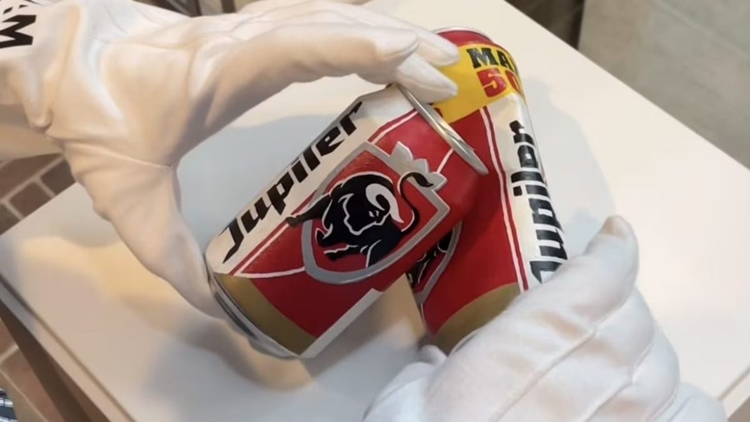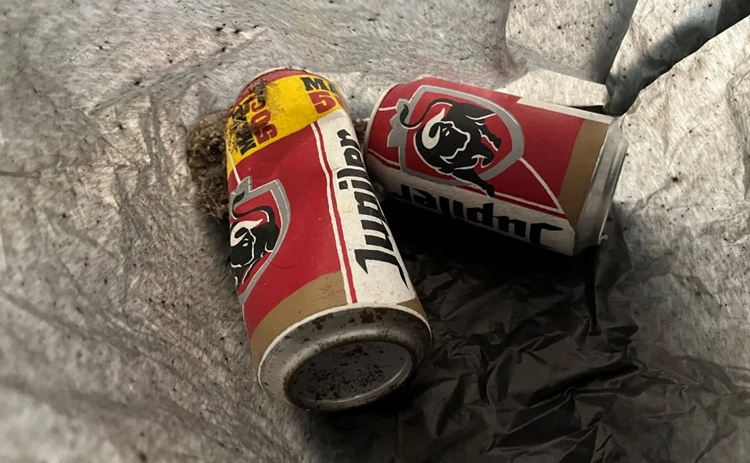Museum Employee Disposes of Artwork Mistaken for Beer Cans
ART OR TRASH? – A museum worker accidentally threw away an artwork by French artist Alexandre Lavet, mistaking it for empty beer cans.
The artwork, titled All The Good Times We Spent Together, was designed to look like two dented beer cans and was displayed at the LAM Museum in Lisse, Netherlands. Lavet’s piece was created using acrylic paint, with a detailed design inspired by a well-known Belgian beer brand, symbolizing the happy moments shared among friends. Despite its realistic appearance, the museum intended to encourage viewers to see everyday objects as works of art.
The LAM Museum is known for its unconventional approach to art display, often placing pieces in unexpected locations to challenge visitors’ perceptions. Lavet’s artwork was displayed in a glass lift shaft, creating the illusion that the beer cans had been casually left behind.

On October 1, 2024, the incident occurred when a lift operator, unfamiliar with the museum’s unique approach to art, mistook the artwork for trash and discarded it. The operator was a new employee covering for a regular staff member who was absent that day. Fortunately, the museum staff quickly discovered the mistake and retrieved the artwork from the trash. The piece was then cleaned and placed on a platform near the museum’s entrance to prevent future confusion.
The museum did not blame or reprimand the worker, acknowledging that they were simply doing their job and were not yet fully trained in handling such unique artworks. According to the museum curator, Elisah van den Bergh, the incident happened just moments before the trash collection was due. She commented that the artwork was now placed in a more traditional setting to avoid further mishaps.

LAM Museum Director Sietske van Zanten saw the situation as a testament to Lavet’s skill as an artist, emphasizing that the work’s ability to blend so seamlessly into its environment demonstrated its effectiveness. She noted that the museum’s goal is to make visitors see the extraordinary in the ordinary, and by displaying art in unusual ways, they aim to amplify this experience.
